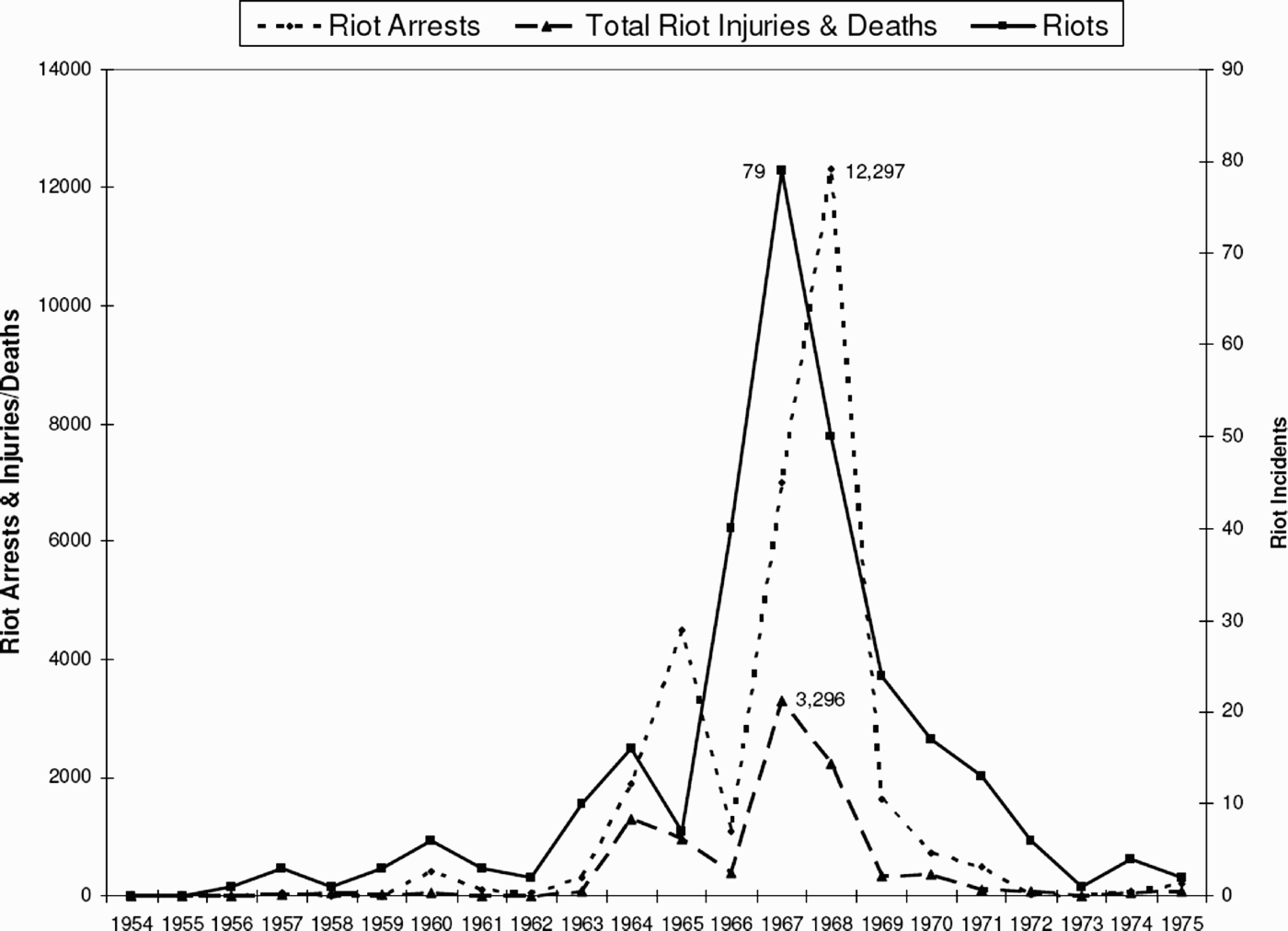a radical divestment from policing and incarceration as a way of societal control, combined with a simultaneous investment in deprived communities
to that end, besides just monetary and infrastructure investments, an end to ethnic segregation is absolutely necessary if you want to avoid just ending up back here in 20-30 years










